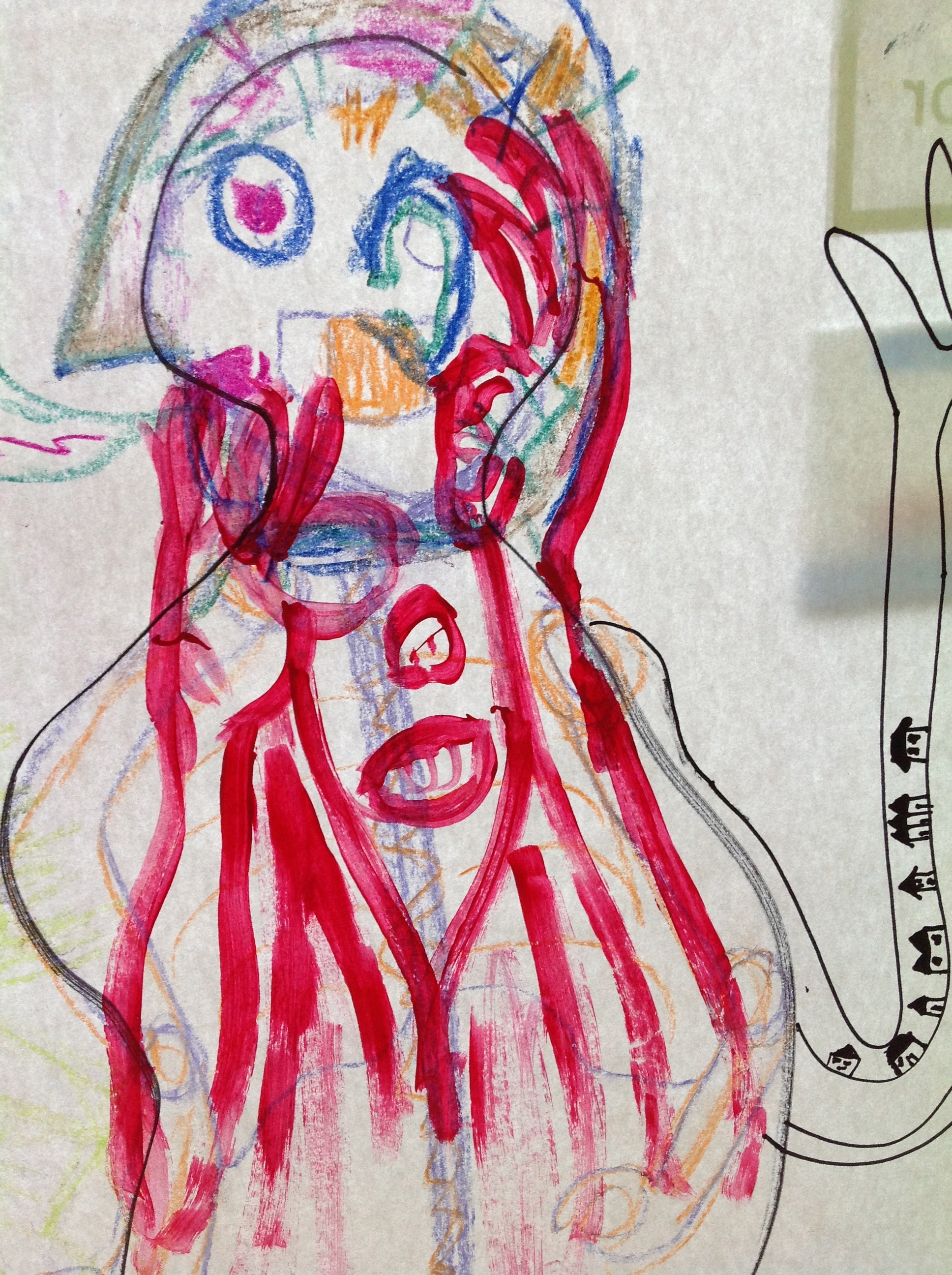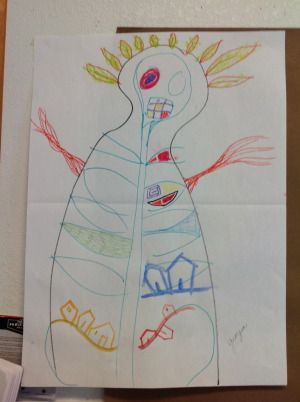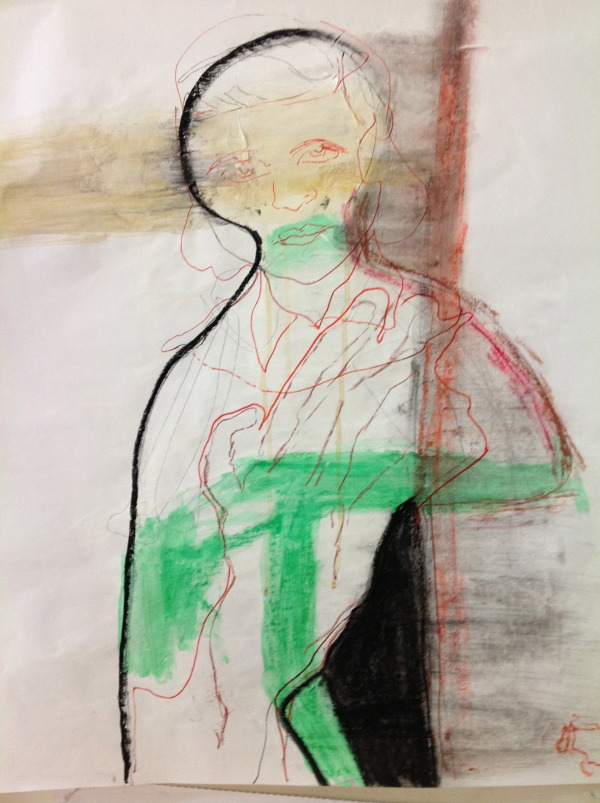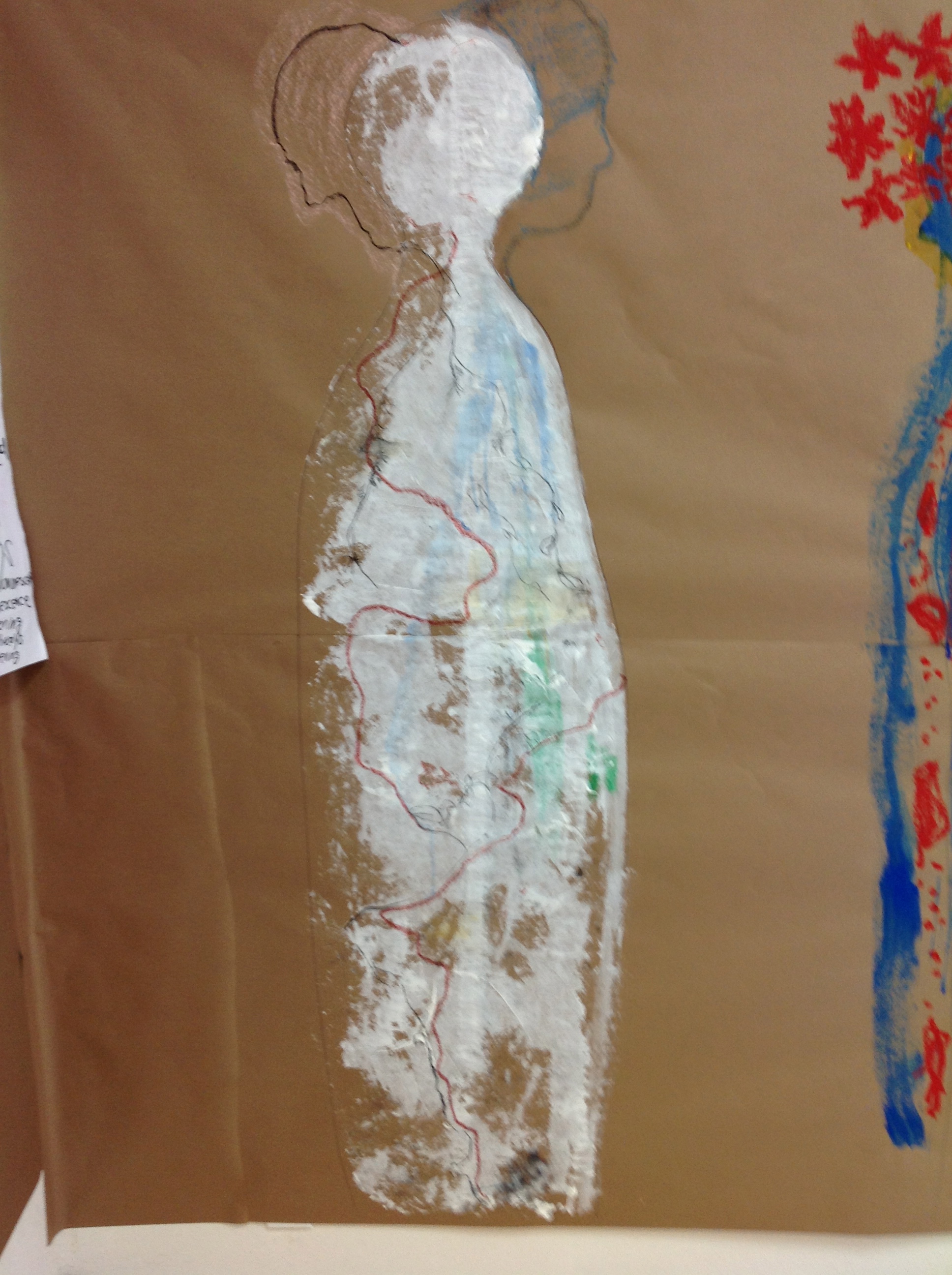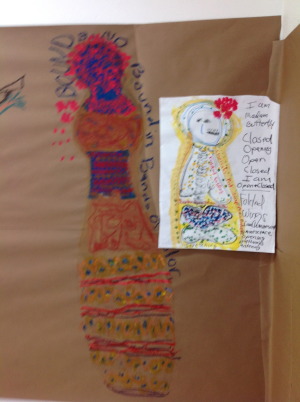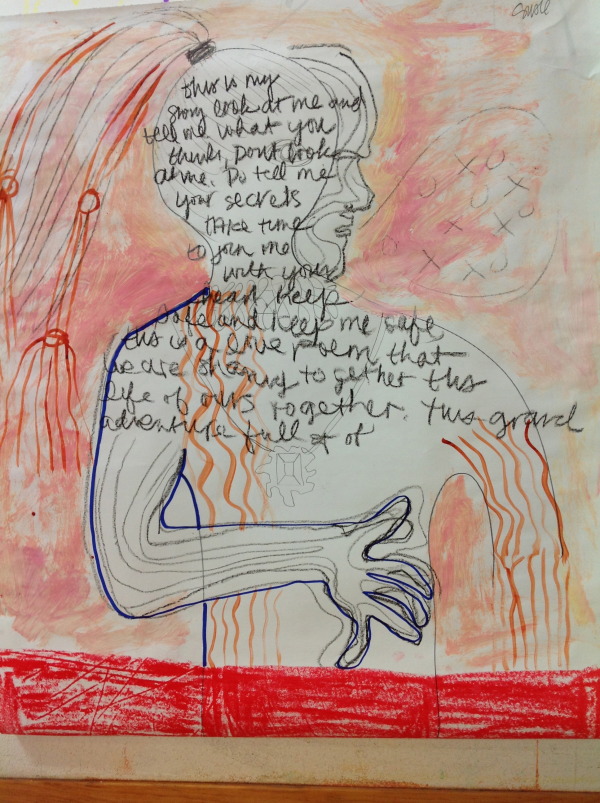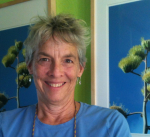 The just-past post covered a lot of territory. As I take on this new expanded adventure of art out into the world, it's a good idea to think about my story, and what I bring to the table. (Perhaps you should do so, too! Post a link in the comments to your blog about your creative path and we'll see where this takes us...)
The just-past post covered a lot of territory. As I take on this new expanded adventure of art out into the world, it's a good idea to think about my story, and what I bring to the table. (Perhaps you should do so, too! Post a link in the comments to your blog about your creative path and we'll see where this takes us...)
Where does my story as an artist begin? With paying attention.
Paying attention, this skill, like any other, needs focus, practice and to be honored within the environment (culture) of its practice. Fortunately from my childhood, I had mentors, parents and teachers who gave me that skill and fostered it's development.
First, a family who loved nature and beauty: Birdwatching was the usual activity on any trip; a geology pick was always in the back seat; composition books for note-taking are STILL a Christmas stocking standard. We looked at plants and creeks on Sunday afternoon drives as we searched for farmland (soon thereafter purchased with the GI Bill). My chemist father shared his love of observation and my intellegent stay-at-home mom nurtured beauty in the everyday life; both of them honored the skill of paying attention and modeled it to us four.
The concepts in The Missing Alphabet speak to my second set of lessons in paying attention. When 12, I was enrolled in a Children's Theatre at Baylor University, part of the department of drama headed by legendary regional director Paul Baker (he also headed the Dallas Theatre and worked with Frank Lloyd Wright on the design of that forward-thinking structure on Turtle Creek). His wife Kitty, and the young woman who became my mentor for decades, Jearnine Wagner, had started a children's program based on the same principles and ideas that were at the heart of the college drama program. These were: that each of us is creative and has a unique story to tell in our art and that all art/perception and creative thinking can be discerned through a vocabulary of form: line, color, shape, movement, light, rhythm, space, sound and texture. These perceptual/sensory tools could be harnessed by the artist (no matter his or her genre or field) as tools for telling that unique story. These, called by Baker "the elements of form," have moved into our missing alphabet book as "the sensory alphabet," a change of language that helps us explain to parents and educators that these are not just "art" words.
I've been able to take these perceptual and creative tools into my life in so many ways, I use them daily as "screens" for my thinking and inventing and imagination. They are the tools that I teach to the participants in many of my workshops, retreats and courses. I find them invaluable in defining and critiquing, in helping other artists find their own strong suits, their own voices and their best ways of working, simply by asking them to pay attention to these perceptual elements in their lives and work. The Missing Alphabet, while its a book targeted at parents, is still a useful resource for emerging artists who would like some specific information about the sensory alphabet, as well as lots of activity ideas that have no expriration date according to age!
Art school introduced me to another set of tools for paying attention, principally, that of drawing. I am not a natural "drawer." In fact, as a young woman (and even in art school) I pretty much decided I could never be a "real' artist because my drawings in junior high and high school never measured up to the cpaturing of reality that I expected as artist should be able to achieve. And though my college drawing classes at Trinity University were dully attended, I still never really fell in love with drawing until much later -- like a couple of years ago.
Paired with the sensory alphabet, some simple ways to approach the blank page have helped me to get over my fear of drawing and to actually treasure the time I can carve out to pay attention through drawing.* I have a new group of "drawing" mentors, in real life, my friend and artist Sarah Jones, in the digital and print world, the work and writing of John Berger .
That's why I am looking forward to the next Fearless Sketching workshop here at El Cielo. It's scheduled for April 12-14, costs $180. There is still room for a couple more participants, so if you are interested, send me a note through the comments or on the contact form on the sidebar to the right.
 Sunday, April 14, 2013 at 04:57PM
Sunday, April 14, 2013 at 04:57PM 